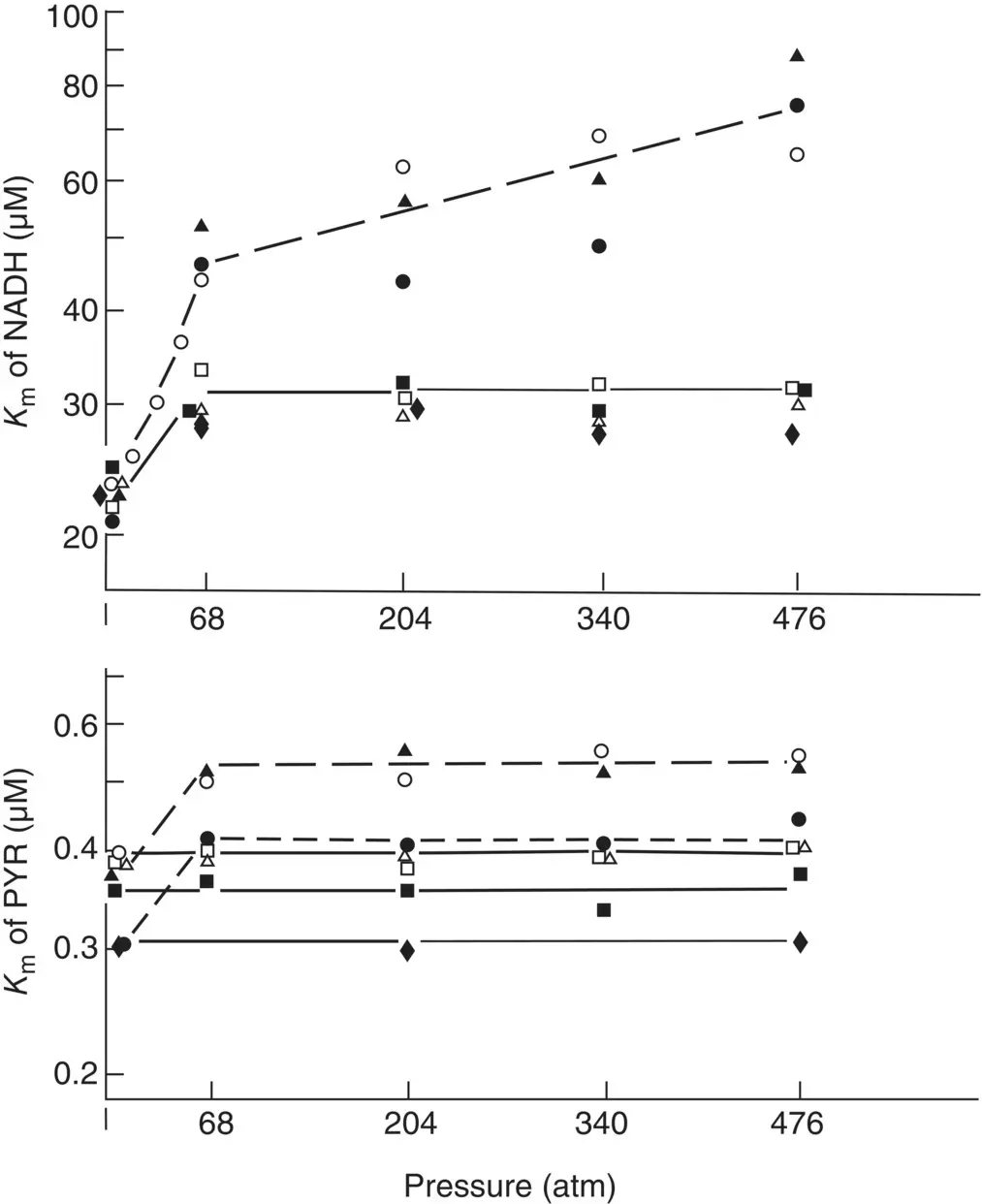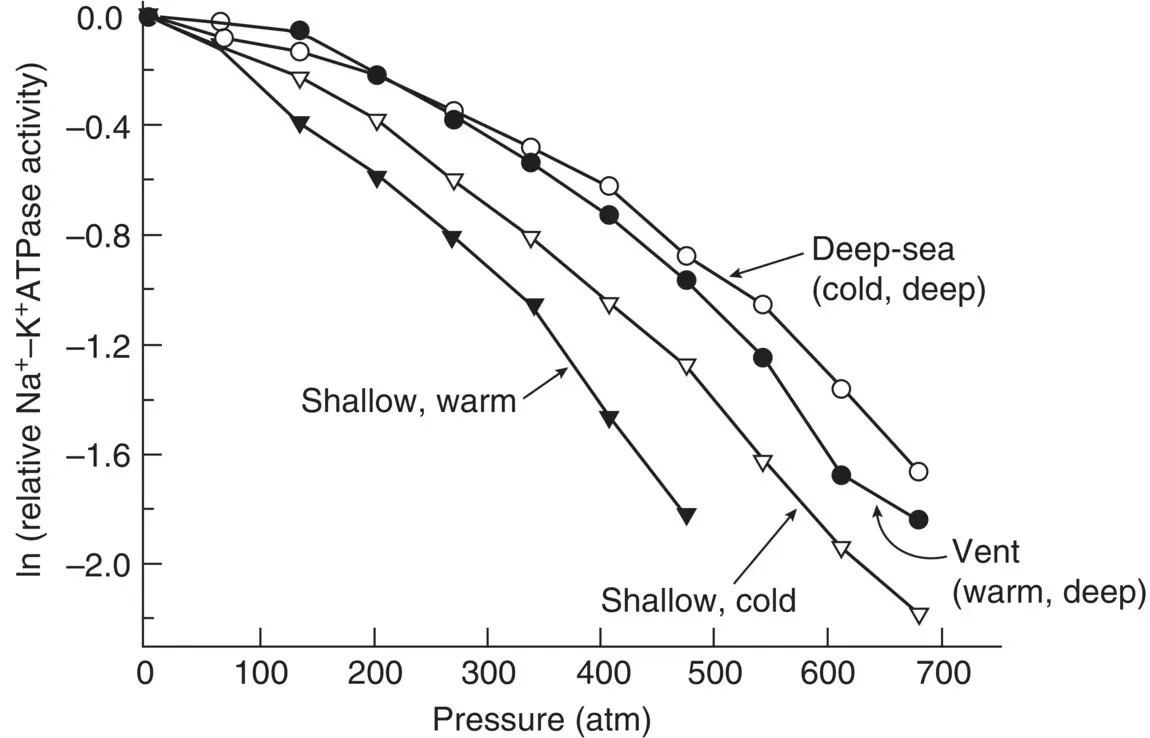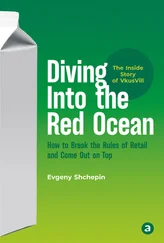Joseph J. Torres - Life in the Open Ocean
Здесь есть возможность читать онлайн «Joseph J. Torres - Life in the Open Ocean» — ознакомительный отрывок электронной книги совершенно бесплатно, а после прочтения отрывка купить полную версию. В некоторых случаях можно слушать аудио, скачать через торрент в формате fb2 и присутствует краткое содержание. Жанр: unrecognised, на английском языке. Описание произведения, (предисловие) а так же отзывы посетителей доступны на портале библиотеки ЛибКат.
- Название:Life in the Open Ocean
- Автор:
- Жанр:
- Год:неизвестен
- ISBN:нет данных
- Рейтинг книги:5 / 5. Голосов: 1
-
Избранное:Добавить в избранное
- Отзывы:
-
Ваша оценка:
- 100
- 1
- 2
- 3
- 4
- 5
Life in the Open Ocean: краткое содержание, описание и аннотация
Предлагаем к чтению аннотацию, описание, краткое содержание или предисловие (зависит от того, что написал сам автор книги «Life in the Open Ocean»). Если вы не нашли необходимую информацию о книге — напишите в комментариях, мы постараемся отыскать её.
Life in the Open Ocean: The Biology of Pelagic Species
Life in the Open Ocean: The Biology of Pelagic Species
Life in the Open Ocean — читать онлайн ознакомительный отрывок
Ниже представлен текст книги, разбитый по страницам. Система сохранения места последней прочитанной страницы, позволяет с удобством читать онлайн бесплатно книгу «Life in the Open Ocean», без необходимости каждый раз заново искать на чём Вы остановились. Поставьте закладку, и сможете в любой момент перейти на страницу, на которой закончили чтение.
Интервал:
Закладка:
An example from Siebenaller and Somero (1979) of adaptation to pressure in the enzymes of deep‐sea fishes is given in Figure 2.19. In their study, the effects of pressure were tested on the LDHs of deep‐ and shallow‐living marine fishes. LDH catalyzes the final reaction in the glycolytic pathway of intermediary metabolism:


Figure 2.19 The effect of hydrostatic pressure on the apparent Michaelis constant ( K m) NADH (upper) and pyruvate (lower) for M 4‐LDH's of four deep‐living and three shallow‐living species of marine teleost fishes. Shallow‐dwelling species indicated by dashed lines in both graphs.
Source: Siebenaller and Somero (1979), figure 1 (p. 297) Reproduced with the permission of Springer.
K mvalues were tested for both NADH and pyruvate at a series of pressures. Not surprisingly, K ms of deeper living fishes were insensitive to pressure. In contrast, shallow‐dwelling species showed a marked elevation of K ms in response to pressure. As was discussed above, for enzymes to satisfy the dual role of efficient catalysts and regulators of cellular metabolism, their K ms must fall within a highly conserved range of values (Hochachka and Somero 1984, 2002). The pressure effects noted in Figure 2.20would be enough to perturb efficient enzyme function in the shallow‐dwelling species. Later studies by Siebenaller have found that differences in pressure‐sensitive and pressure‐insensitive enzymes in closely related species living at different depths can be caused by a change of as little as one amino acid in enzyme structure (Hochachka and Somero 1984).
The final question to consider with respect to enzyme kinetics is that of trade‐offs in adaptation to pressure. If only one amino acid separates a pressure‐insensitive from a pressure‐sensitive enzyme, why would not insensitivity be selected for in most pelagic species? The answer is that pressure‐insensitive enzymes are less efficient. Table 2.3shows the relative velocities of LDH’s from fishes living at different depths measured at a common temperature. Clearly, the reaction velocities of enzymes from deeper‐living, pressure‐adapted fishes are very much lower than those from shallower dwelling species.

Figure 2.20 Effects of pressure on gill Na +, K +‐ATPase activities in fishes from different habitats. The deep‐sea fish (cold‐deep) was a species living at depths exceeding 2000 m and temperatures of 2–4 °C ( Coryphaenoides armatus – the grenadier); vent fishes (warm‐deep) were two species living near warm hydrothermal vents; shallow‐cold was an eastern Pacific fish found at depths less than 2000 m ( Anoplopoma fimbria – the sablefish); shallow‐warm was a species from surface waters near Hawaii (the barracuda Sphyraena ).
Source: Gibbs (1997), figure 5 (p. 255). Reproduced with the permission of Academic Press.
Table 2.3 Comparison of lactate dehydrogenase kinetics between two species of deep‐sea fishes, three species of shallow‐living marine fishes, and a terrestrial species. Velocities are compared at a common temperature and pressure (5 °C and 1 atm.).
Source: Reprinted by permission from Springer Nature Customer Service Centre GmbH, Nature, Inefficient lactate dehydrogenases of deep‐sea fish, Somero and Siebenaller (1979), table 1 (p. 101).
| Species (depth, body temp., common name) | ∆ H (cal mol −1) | ∆ S (cal mol −1K −1) | ∆ G (cal mol −1) | Relative velocity |
|---|---|---|---|---|
| Pagothenia borchgrevinki (surface, −2 °C, ice fish) | 10 467 | −12.7 | 14 000 | 1.00 |
| Sebastolobus alascanus (180–440 m, 4–12 °C, rock fish) | 10 515 | −12.6 | 14 009 | 0.98 |
| Coryphaenoides acrolepis (1460–1840 m, 2–10 °C, rattail fish) | 11 813 | −8.7 | 14 222 | 0.67 |
| Antimora rostrata (1300–2500 m, 2–5 °C, violet cod) | 12 557 | −6.4 | 14 343 | 0.54 |
| Thunnus thynnus (surface to 300 m, 15–30 °C, bluefin tuna) | 11 384 | −10.0 | 14 152 | 0.76 |
| Rabbit (terrestrial, 37 °C) | 12 550 | −6.4 | 14 342 | 0.54 |
Pressure and Membranes
The sol–gel state of lipids, or their fluidity, has the potential to be profoundly altered by pressure, as it is with temperature. In fact, high pressure and low temperature have similar effects on membrane lipids: both tend to make them more crystalline, i.e. less fluid (Hazel and Williams 1990). Solutions to the problems posed by the ordering effects of hydrostatic pressure and low temperature are solved in a similar manner. In both cases, membrane lipids increase the incidence of double bonds, or their “kinkiness,” to increase fluidity.
Evidence supporting the contention that the membranes of deep‐sea species are more fluid than those of their shallower dwelling counterparts is more sparse than would be ideal (cf. Hazel and Williams 1990), but it is present, nonetheless. In a benchmark publication from 1984, Cossins and MacDonald found that membrane lipids isolated from the brains of a suite of fishes dwelling between 200 and 4800 m showed significant increases in fluidity with depth consistent with homeoviscous adaptation. Evidence was not conclusive for lipids isolated from other organs, notably liver and kidney, due largely to variability between samples, but trends were similar.
Further evidence supporting membrane adaptation to pressure comes from study of membrane‐bound enzymes, notably the ion‐pumping enzyme Na‐K ATPase, an important player in the osmoregulation of fishes. Gibbs and Somero (1989, 1990) first tested the pressure sensitivity of enzymes from fishes dwelling in a variety of habitats: shallow‐warm, shallow‐cold, hydrothermal vent (deep‐warm), and deep cold ( Figure 2.21). As might be expected, they found that the order of pressure sensitivity (highest to lowest) was shallow‐warm, shallow‐cold, deep‐warm, and deep‐cold. The investigators then manipulated the membrane environment of the Na +K +ATPase to assess the influence of the membrane fraction on enzyme activity. They found that enzyme from a warm‐shallow species (the barracuda Sphyraena ) placed in a membrane environment derived from the cold deep‐dwelling fish Coryphaenoides armatus was less pressure‐sensitive than the enzyme of a cold‐shallow species (the sablefish Anoplopoma fimbria ) that was introduced into a highly ordered lipid environment derived from chicken eggs. In contrast, when enzymes from the three species were introduced into the same lipid environment, one derived from the deep‐cold species, Coryphaenoides armatus , the order of pressure sensitivity remained as stated above: warm‐shallow, cold‐shallow, and cold‐deep. The results of Gibbs and Somero provide evidence that membrane fluidity influences the function of membrane‐bound enzymes and also that changes in enzyme structure play an important role in adaptation to pressure.
Читать дальшеИнтервал:
Закладка:
Похожие книги на «Life in the Open Ocean»
Представляем Вашему вниманию похожие книги на «Life in the Open Ocean» списком для выбора. Мы отобрали схожую по названию и смыслу литературу в надежде предоставить читателям больше вариантов отыскать новые, интересные, ещё непрочитанные произведения.
Обсуждение, отзывы о книге «Life in the Open Ocean» и просто собственные мнения читателей. Оставьте ваши комментарии, напишите, что Вы думаете о произведении, его смысле или главных героях. Укажите что конкретно понравилось, а что нет, и почему Вы так считаете.












